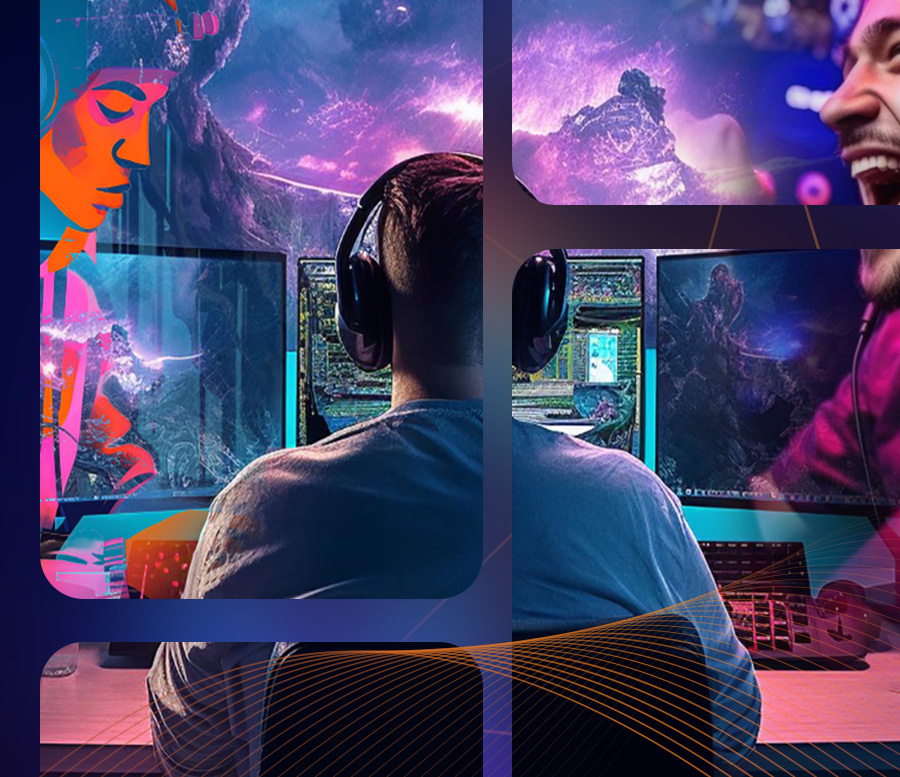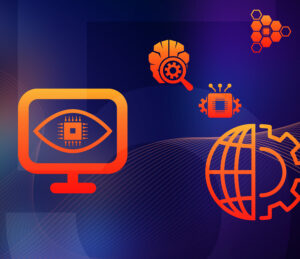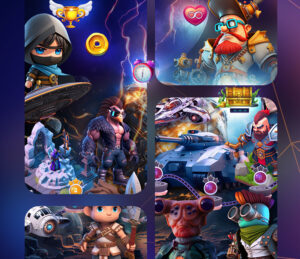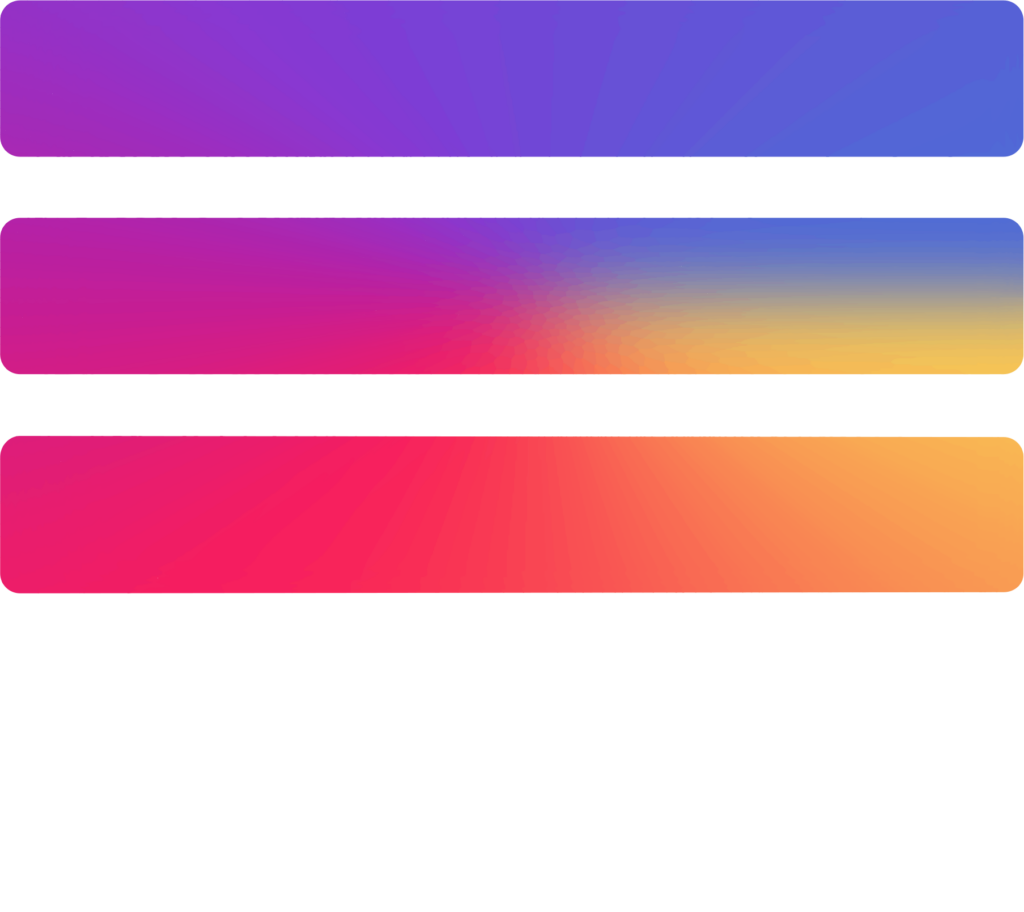In the dynamic world of the video game industry, where creativity and technology collide, a crucial partnership often goes unnoticed by the casual gamer. This partnership between game publishers and game developers is the backbone of many beloved gaming experiences, yet the intricacies of this relationship are often hidden behind the scenes.
In this blog, we embark on a journey to uncover the intricate web of collaboration, challenges, and successes that define the relationship between game publishers and developers. We’ll explore the roles each party plays, the reasons behind their collaboration, and how this partnership shapes the games we play and love.
So, whether you’re a gaming enthusiast, an aspiring developer, or simply curious about what happens behind the curtain of your favorite video games, join us as we dive into the world of understanding the relationship between game publishers and game developers.
The relationship between game developers and game publishers is typically a business partnership that revolves around bringing a video game to the market. Here’s how their relationship generally works:
1. Game Concept and Development
The game developer is the creative entity that conceptualizes and develops the video game. Developers are responsible for designing the gameplay, creating graphics, programming, and overall game development.
The game publisher on the other hand is a separate entity (often a company) that specializes in the business side of the gaming industry. They invest in the game’s development, handling financial, marketing, and distribution aspects.
2. Funding and Support
Game Developers often require funding to bring their game ideas to life. They may pitch their game concepts to multiple publishers, seeking financial support and expertise. Publishers provide the necessary funding for game development. In return, they usually take a share of the game’s profits. Additionally, publishers may offer support in terms of resources, industry knowledge, and marketing expertise.
3. Marketing and Promotion
While developers may have some promotional activities, the bulk of marketing is handled by the publisher. Developers focus on refining the game and making it the best it can be. Publishers create marketing strategies, promotional materials, and advertisements to generate awareness about the game. They often have dedicated marketing teams and budgets for these activities.
4. Distribution and Sales
Developers focus on creating the game. They are not typically involved in distribution and sales processes. Publishers handle distribution, ensuring the game reaches various platforms (physical stores and online platforms). They also manage sales and revenue collection, often negotiating deals with retailers and digital distribution platforms.
5. Post-Release Support
Developers work on updates, patches, and expansions to improve the game post-launch. Publishers coordinate the release of updates, manage player communities, and provide customer support. They ensure the game remains engaging and functional for players.
6. Revenue Sharing
Developers receive a portion of the revenue generated from the game, as per the agreement with the publisher. Publishers take a share of the game’s revenue, which is used to cover the initial investment, marketing costs, and profits for the company.
Takeaways
The partnership between game developers and game publishers is a symbiotic relationship that harmonizes creativity with business acumen. Developers bring innovative ideas and technical expertise to the table, crafting immersive gaming experiences that captivate players. Meanwhile, publishers provide the essential resources, financial backing, and market knowledge required to transform these visions into successful products.
The collaboration doesn’t end with the game’s launch; it extends into the realms of marketing, distribution, and post-release support. Publishers ensure the game receives the attention it deserves through strategic marketing campaigns and widespread distribution across various platforms. They also stand as the backbone of the gaming community, offering ongoing support, updates, and assistance to players, ensuring a seamless gaming experience.
The revenue-sharing model reflects the balance in this partnership. Developers are rewarded for their creativity and hard work, while publishers receive a fair share that covers their investments and fuels future projects. Ultimately, it’s this equilibrium that sustains the gaming industry, fostering a continuous cycle of innovation and entertainment.
As gamers, we enjoy the end products of this collaboration, often unaware of the intricate dance between developers and publishers behind the scenes. Understanding this partnership sheds light on the dedication, passion, and teamwork that go into creating the games we love. So, the next time you embark on a gaming adventure, remember the synergy between developers and publishers that makes it all possible, enriching our lives with boundless virtual worlds and unforgettable experiences.






